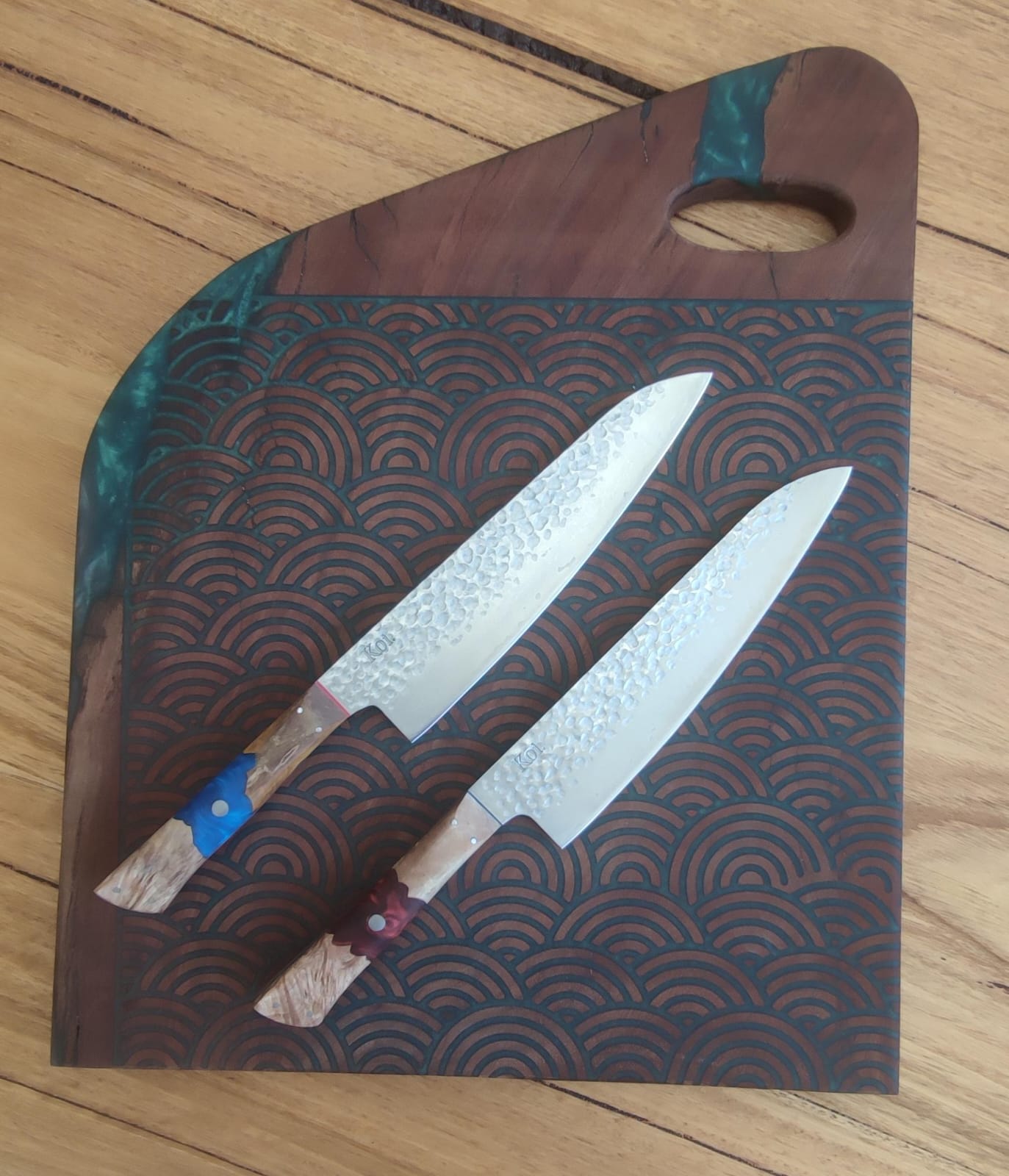As a knife enthusiast, you know that preparation is key.
A pocket knife is a versatile tool that can help you navigate many unexpected situations, making it an essential item for any outdoorsman or woman.
However, like any tool, a pocket knife requires proper maintenance to perform at its best.
In this blog post, we will explore the importance of pocket knife maintenance, the techniques and tools you need to keep your knife in top condition, and tips for ensuring your knife lasts for years to come.
Understanding the Anatomy of a Pocket Knife
Pocket knives come in different shapes and sizes, but most have several common parts contributing to their functionality. Understanding these parts is crucial in identifying potential issues and performing maintenance tasks effectively.
The Different Parts of a Pocket Knife
Blade: The blade is the most important part of the pocket knife, and its design varies depending on the knife's intended use. Some common blade types include drop point, clip point, and tanto.
Handle: The handle provides a secure grip for the user and is typically made of different materials such as wood, plastic, or metal.
Bolster: The bolster is a thick piece of metal that provides balance to the knife and protects the user's hand from the blade.
Liner: The liner is a thin piece of metal that sits inside the handle, providing additional strength and stability.
Lock: Some pocket knives have a lock that prevents the blade from closing accidentally, providing an extra layer of safety.
Pocket Clip: The pocket clip allows the user to carry the knife securely in a pocket or attached to a belt.
The Role of Each Part in the Functionality of the Knife
Each part of a pocket knife plays a crucial role in its functionality. The blade cuts, while the handle and bolster provide stability and balance. The liner adds strength to the handle, and the lock prevents the blade from closing accidentally, reducing the risk of injury. The pocket clip provides a convenient way to carry the knife, making it readily accessible when needed.
Common Problems that Arise in Different Parts of a Pocket Knife
Despite the durability of pocket knives, they can experience issues over time. The blade may become dull or chipped, affecting its cutting ability. The handle may crack or become loose, making the knife difficult to use. The lock may malfunction, making it unsafe to use. Regular maintenance can help prevent these problems and ensure the knife's longevity.
Maintenance Techniques for Pocket Knives
Pocket knives are tools designed to be used and carried around, making them prone to wear and tear. To keep your pocket knife in top condition and ensure its longevity, it is important to maintain it regularly.
This section will cover the different maintenance techniques for pocket knives, including cleaning and lubrication, sharpening and honing, polishing, and rust removal.
Cleaning and Lubrication
Proper cleaning and lubrication are essential to keep your pocket knife functioning optimally. Dirt, dust, and other debris can accumulate in the moving parts of the knife, leading to friction and damage. Lubrication, however, helps reduce friction between the moving parts and prevents wear and tear.
To clean your pocket knife, start by disassembling it and using a cleaning agent to remove any dirt or debris. Be sure to dry each part thoroughly before reassembling the knife. When lubricating your pocket knife, use a lubricant specifically designed for knives and apply it sparingly to the moving parts.
Recommended products for cleaning and lubrication:
- WD-40 Specialist Contact Cleaner
- Nano-Oil by StClaire's
- Break-Free CLP
Sharpening and Honing
Sharpening and honing are critical maintenance techniques for pocket knives. Over time, the blade of a pocket knife can become dull and lose its cutting edge. Sharpening and honing help restore the blade's edge and ensure it remains sharp.
You can use a sharpening stone or a sharpening system to sharpen your pocket knife. A sharpening stone is a traditional method that involves rubbing the blade against a rough surface to sharpen it. On the other hand, a sharpening system is an electric or manual device that helps sharpen the blade more accurately.
We can sharpen a variety of knives here at Koi, click here for more information.
Recommended tools for sharpening and honing:
Polishing and Rust Removal
Polishing and rust removal are additional maintenance techniques crucial to keeping your pocket knife in top condition. Polishing helps to remove scratches and blemishes on the knife's surface, while rust removal helps to prevent corrosion and rust build-up.
To polish your pocket knife, gently buff the knife's surface with a polishing compound and a soft cloth. For rust removal, use a rust remover and a wire brush to scrub away any rust build-up.
Recommended products for polishing and rust removal:
- Flitz Metal Polish
- Evapo-Rust
- Rust-Oleum Rust Reformer
Tips for Keeping Your Pocket Knife in Top Condition
Regular maintenance is key to extending the lifespan of your pocket knife. Here are some tips for keeping your pocket knife in top condition:
Storing: Keep your pocket knife dry and away from moisture to prevent rust and corrosion. Consider investing in a protective sheath or pouch for added protection.
Usage: Avoid using your pocket knife for tasks beyond its intended purpose to prevent wear and tear. When using your knife, cut away from your body to avoid injury.
Maintenance: Regularly clean, lubricate, and sharpen your pocket knife. Use a microfiber cloth and specific cleaning products for the best results.
Common mistakes: Avoid using abrasive materials when cleaning or sharpening your pocket knife, as it can damage the blade. Also, avoid over-sharpening the blade, which can reduce durability.
By following these tips, you can ensure that your pocket knife remains in top condition and ready for use whenever needed.
Conclusion
Maintaining your pocket knife is crucial for its longevity and optimal performance. Regular cleaning, lubrication, sharpening, honing, polishing, and rust removal are essential techniques for keeping your knife in top condition.
Additionally, having the right tools for each maintenance task can make all the difference.
Remember to store your knife properly and follow best practices to minimise wear and tear.
Take action today and apply these techniques to extend the life of your pocket knife for years to come.




